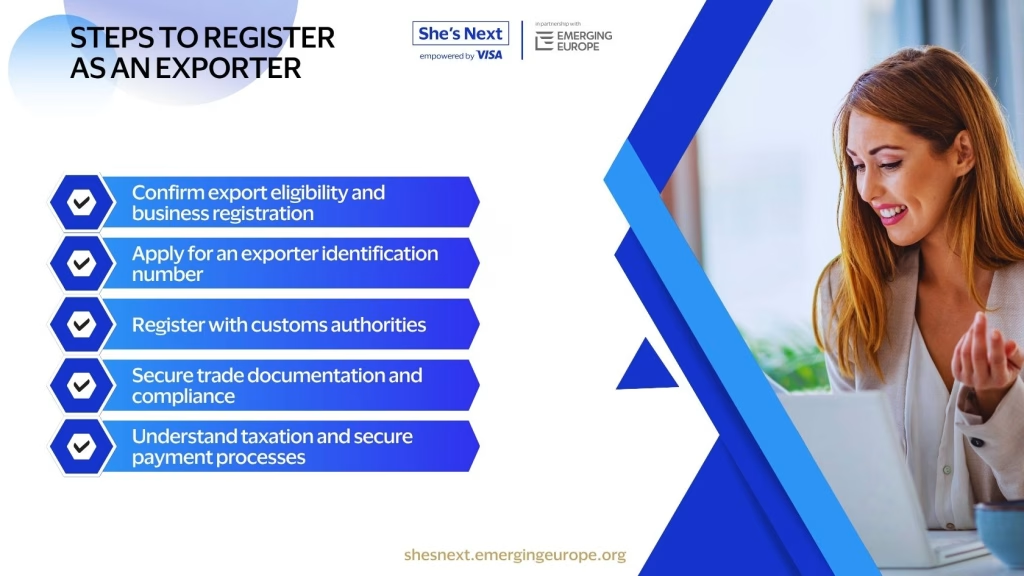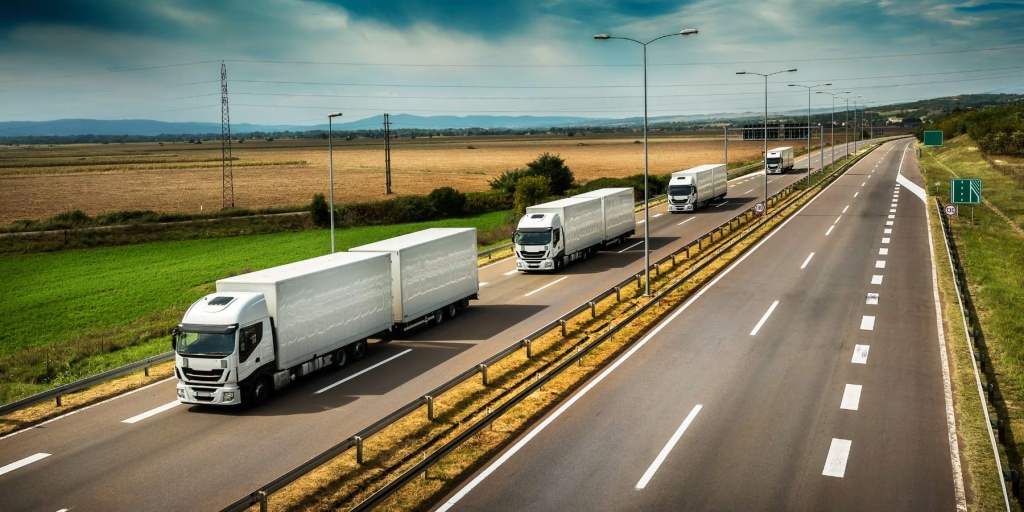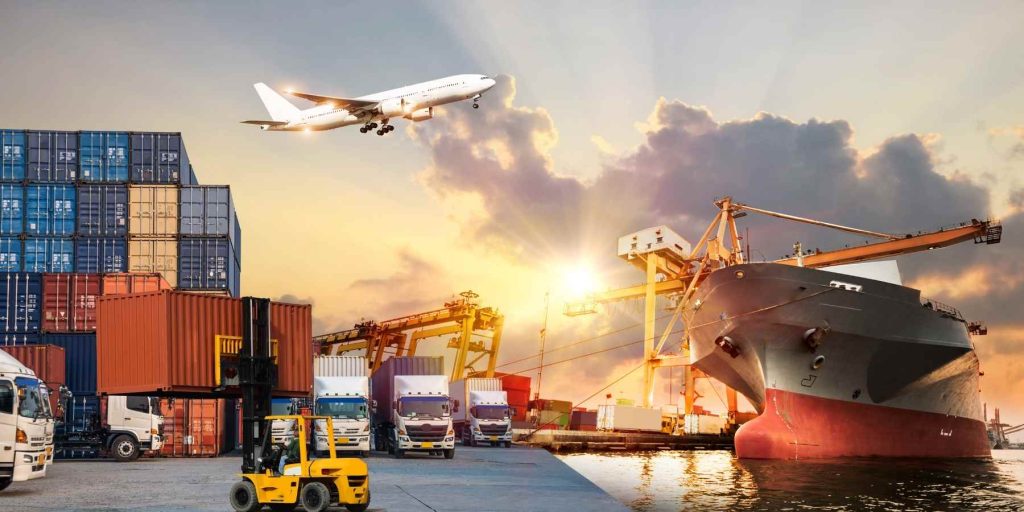
How to register as an exporter: The paperwork and processes you need to know
Dreaming of selling your products in Paris, Toronto, or Seoul? Before anything leaves your warehouse, you need to register as an exporter. It’s not the flashiest part of global expansion—but without it, your shipments may never leave your home country.
This guide walks you through the key steps to becoming a registered exporter—minimising delays, avoiding penalties, and keeping you compliant every step of the way.
Confirm export eligibility and business registration
Before you plan your launch campaign or hire a logistics partner, make sure your business is legally set up to trade across borders.
What to check:
1. Is your business legally registered in your country?
2. Do you hold any necessary business or sector-specific licences (e.g. for cosmetics, food, or pharmaceuticals)?
3. Are your products eligible for export, or do they require prior approval or documentation?
Example: A skincare business in Armenia delayed its EU expansion until it secured national product safety certification, avoiding a costly customs rejection later on.
Apply for an exporter identification number
Most countries require you to register for a unique exporter number. In the EU, this is known as an EORI (Economic Operators Registration and Identification) number. In the US, it’s an EIN. Your local trade authority will guide you through the process.
Why it matters:
This number is essential for customs declarations, shipping paperwork, and tax compliance when selling abroad.
Register with customs authorities
To move goods legally across borders, you’ll need to register with your country’s customs authority—especially if you’re exporting restricted items (such as electronics, food, or chemical products).
What to prepare:
1. HS Codes (Harmonised System Codes) for all your products—used globally to classify goods and determine tariffs.
2. Apply for export licences if your product is regulated.
3. Ensure you understand rules of origin and tariff preferences under trade agreements (such as the EU’s GSP for some Eastern Partnership countries).
Example: A Georgian winemaker correctly classified their products under HS codes and registered with customs to benefit from reduced tariffs under the EU’s Deep and Comprehensive Free Trade Area (DCFTA).

Secure trade documentation and compliance
Documentation is where many new exporters get stuck. Accuracy here can save days—or weeks—at customs.
Must-have documents:
1. Commercial Invoice – details of the sale.
2. Packing List – contents of the shipment.
3. Certificate of Origin – proves where goods are made.
4. Bill of Lading or Airway Bill – transport record.
Example: A Ukrainian jewellery start-up triple-checked its export paperwork before sending its first shipment to Canada, avoiding delays and building trust with its new customer.
Understand taxation and secure payment processes
Cross-border finance can get complicated. Set up systems early to protect your cash flow and ensure transparency.
Key considerations:
> Understand if you need to register for VAT/GST in the destination country.
> Choose secure payment options like letters of credit, escrow services, or bank transfers.
> Consider trade finance options for upfront funding while waiting for payment.
Example: A Kazakh handmade ceramics brand used an escrow service for its first orders to Japan, reducing financial risk while building trust with the buyer.
Registering as an exporter doesn’t have to be overwhelming. By taking these five steps—eligibility, ID registration, customs compliance, documentation, and secure payment—you lay the groundwork for smooth, professional exports.
Final tip: Don’t go it alone. Customs brokers, trade advisors, or export promotion agencies can help guide you through local requirements and avoid costly mistakes.
Start now. The world is waiting for what you create.
New Free Courses — Made for Ambitious Women Entrepreneurs!
It’s time to grow smarter, adapt faster, and take your business global.
Explore two powerful courses available exclusively to She’s Next members:
The Reinvention Masterclass for Start-up Founders
Beyond Borders: Building for Global Success
Enroll today — it’s free!





